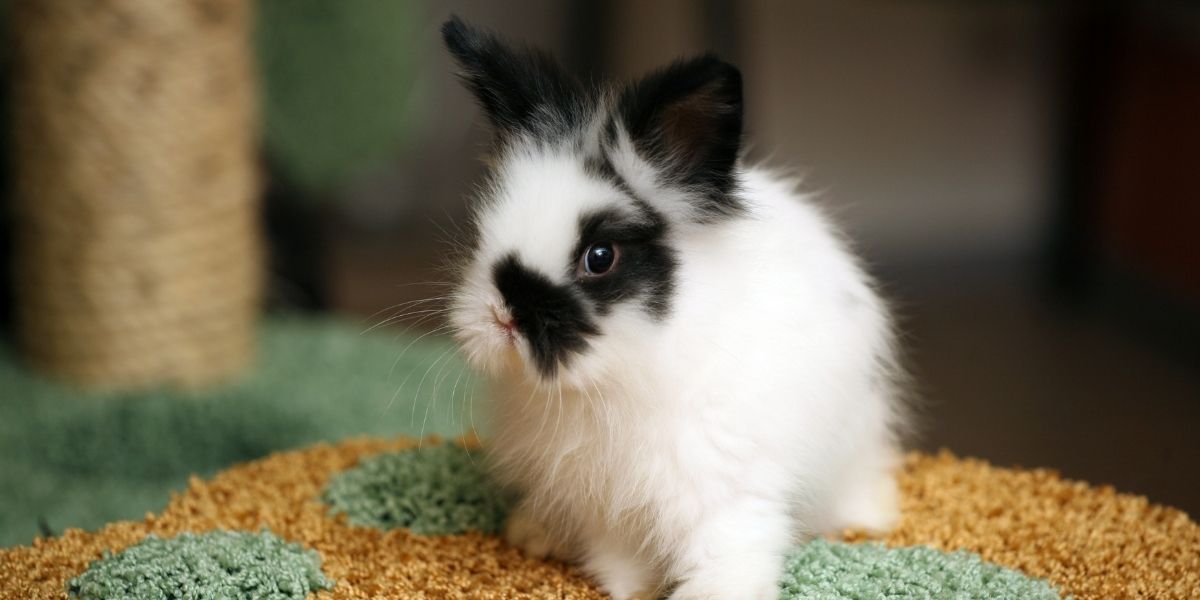How to take care of an indoor rabbit
Do you have an indoor rabbit, or do you plan to buy one shortly? This article will give you some valuable tips for caring for these cute and cute pets.
Rabbits need veterinary care, just like any other pet. People who live in a block of flats choose to buy rabbits because they are gentle and perfect animals for children. But to have a long, happy and healthy life, you need to know a few valuable things about taking care of them. Most of us believe that rabbits are shy animals that do not want to interact with humans. But if you are patient, the rabbit will approach you and begin to trust you. He can be a real playmate, being a lively and energetic animal. Rabbits can quickly adapt to apartment life if you provide them with the necessary care conditions.
Indoor rabbit – what breeds can you buy?
An indoor rabbit is ideal if you don’t want a dog or a cat. There are several breeds of rabbits, but a dwarf rabbit is suitable for an apartment. The most popular species of rabbits are:
– Angora – is a species of rabbit with large fur, fluffy and very tender. They are ideal pets for children, as they are docile and gentle. The Angora breed is divided into four main categories: English Angora, bred to be a pet, the French version, Angora satin and the German breed.
– Lion’s head – a loving, cute rabbit breed, and they are perfect for the family. This breed of rabbit is easy to care for, and its name is due to the fur collar.
– Hermelin – Hermelin rabbits have a small body, not exceeding 1 kg. They have short ears and a flat snout. It is a cute animal, very playful and preferred by both children and adults.
– Dutch dwarf – these rabbits have rounded snouts and small ears and can be found in a wide variety of colours. They have a playful, friendly, curious demeanour and are affectionate towards their masters.
Regardless of the breed you choose, a house rabbit is a cute and suitable animal for families with children. The little ones will become responsible and take care of their pet.
What does an indoor rabbit eat?
An indoor rabbit will be fed daily with exceptional rodent food. This pet also loves to bite so that you can give it fresh vegetables and fruits, such as apples, parsley, parsnips, peaches, strawberries, Brussels sprouts, bananas, pears, carrots or cabbage. The rabbit should not be fed food harmful to its health, such as sweets. You should also avoid giving your rabbit food that causes gas, as it can cause intestinal blockages or even death. If you have a rabbit, you can also include hay during the day, and the bowl of water should be permanently full and changed often. Rabbit pellets are a source of food that should be part of their daily diet. This food source must be provided in a limited amount. Otherwise, the rabbit will gain weight. You will find seeds, pellets, and other foods for a house rabbit in veterinary pharmacies.
On the Biotur Shop platform, you will be able to find quality food for rodents, perfect for a house rabbit. Versele-Laga Complet Cuni Sensitive is developed by veterinarians based on advanced scientific discoveries.
The product has complete and delicious food for rodents with selective feeding behaviour. In this way, the rabbit receives all the essential nutrients and stays perfectly healthy. The product has an optimal calcium content, and cranberry extract contributes to urinary health.
Pet indoor rabbit cage
An indoor rabbit needs a cage to have a bowl for food and one for water. When unattended, the bed will be the rabbit’s shelter. That’s why it has to be comfortable. The cage should have two compartments: one dark, with no direct access to the outside, where the pet will sleep, and one where the food bowls should be. The place where the rabbit sleeps should not be near windows, heat sources, radiators, radiators or strong air currents. The rabbit can also be left free in the living room, but it must be carefully supervised so that it does not reach the cables that could bite.
Go to the vet with the rabbit
An indoor rabbit needs regular check-ups. The pet must also have been vaccinated to prevent certain diseases, such as myxomatosis and haemorrhagic disease, both of which have been transmitted virally. The first vaccine will be given at the age of one month. When the rabbit gets sick, you will notice symptoms immediately, such as loss of the shiny appearance of the fur or the accumulation of dirt under the tail. Also, if your rabbit behaves aggressively or has certain unwanted habits, you can resort to spaying. Remember that the rabbit is a shy animal, so it must be handled carefully. Try to get him used to the presence of several people. Remember that rabbits never get up from their ears. Improperly handled, rabbits will begin to struggle and may end up fracturing their skeletons.



